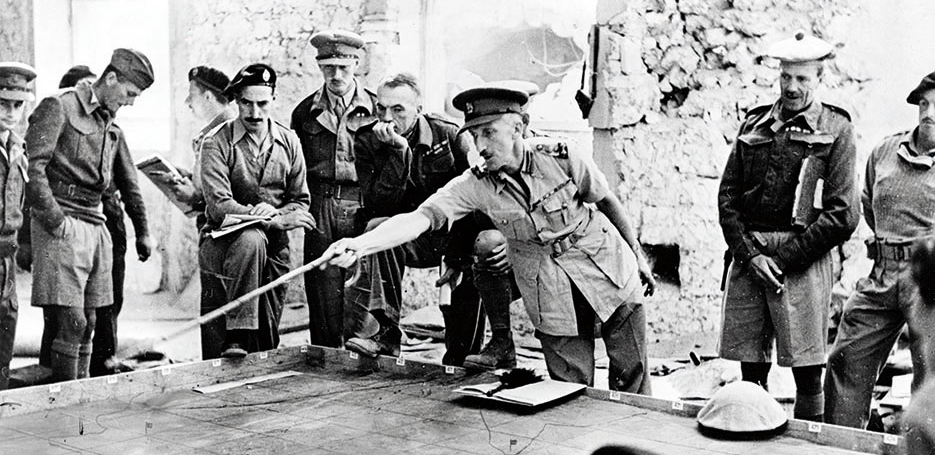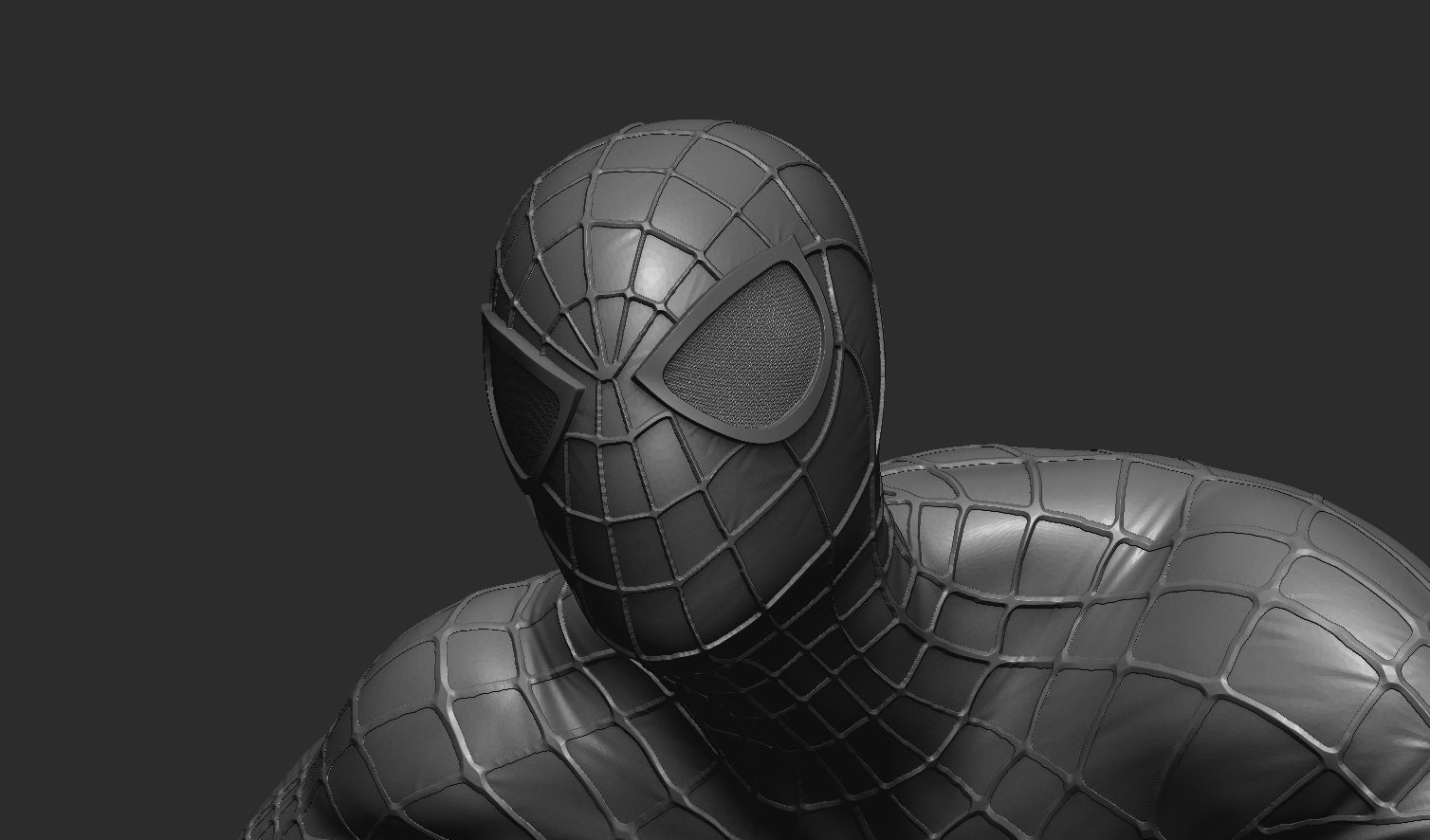Creating an interface or product: 5 stages, and everything will work out!

What does it take to get an effective system? Think over an algorithm, implement it... And if we are talking about design or interface? Surely many will remember now about inspiration and creative impulse. However, they are not here. It is enough to go 5 steps from abstraction to concreteness. Moving from concept to implementation, you will pass them and get a working product without any inspiration. How does this algorithm work and what are the steps?
5 simple steps that separate the idea from the result

Here are the five levels you will have to go through in the development phase of anything:
- Strategy .
 This level is abstract, because you assume and seek. It is at this stage that the very concept of the product, all its features and unique properties are thought out. The market is then analyzed so that you can guess who is interested in your product. You will need to answer the question - why and for whom do you need your product (even a website, even an interface). A strategic study is also carried out to understand how your ideas will resonate with the target audience, how much they will be in demand. You also need to identify competitive advantages so that at this stage you already know how your product compares favorably with competitors' products and what benefits customers enjoy from working with you.
This level is abstract, because you assume and seek. It is at this stage that the very concept of the product, all its features and unique properties are thought out. The market is then analyzed so that you can guess who is interested in your product. You will need to answer the question - why and for whom do you need your product (even a website, even an interface). A strategic study is also carried out to understand how your ideas will resonate with the target audience, how much they will be in demand. You also need to identify competitive advantages so that at this stage you already know how your product compares favorably with competitors' products and what benefits customers enjoy from working with you. - Opportunity assessment .
 At this stage, such a moment is evaluated: what can you offer users and what is needed for this. Also be sure to pay attention to already working systems of competitors. It is important to find exactly those functional solutions that best satisfy the needs of users.
At this stage, such a moment is evaluated: what can you offer users and what is needed for this. Also be sure to pay attention to already working systems of competitors. It is important to find exactly those functional solutions that best satisfy the needs of users. - Architecture .
 You literally build the main elements of your interface or site in order to understand how the user will interact with you, which elements will be the most functional. It is necessary to create a simple and understandable architecture that can be painlessly changed in accordance with changing user requests. It is difficult to test the developed architecture. You will need not only surveys, but also interviews, A / B tests, usability analysis. But after these studies, you will know for sure how functional and understandable the architecture of your project will be for the target audience.
You literally build the main elements of your interface or site in order to understand how the user will interact with you, which elements will be the most functional. It is necessary to create a simple and understandable architecture that can be painlessly changed in accordance with changing user requests. It is difficult to test the developed architecture. You will need not only surveys, but also interviews, A / B tests, usability analysis. But after these studies, you will know for sure how functional and understandable the architecture of your project will be for the target audience. - Layout, prototyping .
 All the information obtained at the previous levels will need to be grouped in order to start a specific implementation of the product. You will need to evaluate the layout of the content blocks and the navigation system, and also understand whether the best option has been developed or if something else can be improved. All analyzes and research at this stage are aimed at understanding what the overall impression of your product will be at launch. The final decision is made on the basis of a prototype - an almost working product, which, if necessary, can be painlessly corrected.
All the information obtained at the previous levels will need to be grouped in order to start a specific implementation of the product. You will need to evaluate the layout of the content blocks and the navigation system, and also understand whether the best option has been developed or if something else can be improved. All analyzes and research at this stage are aimed at understanding what the overall impression of your product will be at launch. The final decision is made on the basis of a prototype - an almost working product, which, if necessary, can be painlessly corrected. - Specification .
 At this final stage, all the elements of the prototype take on the final features, “overgrow” with the design. This is the stage of creating the visual component. And the design should be such as to make the functionality even more understandable and closer to the user. To understand whether the design helps the user, and how harmoniously everything turned out, comprehensive testing is carried out. The result is that your site or application is already working, but it can still be changed, because you laid such a possibility at the planning stages.
At this final stage, all the elements of the prototype take on the final features, “overgrow” with the design. This is the stage of creating the visual component. And the design should be such as to make the functionality even more understandable and closer to the user. To understand whether the design helps the user, and how harmoniously everything turned out, comprehensive testing is carried out. The result is that your site or application is already working, but it can still be changed, because you laid such a possibility at the planning stages.
A step-by-step walkthrough will help you avoid costly mistakes. After all, you completely close each stage when you are convinced that everything works “as it should”. However, the last, final stage can last a very long time. As soon as you begin to receive feedback not from a focus group, but from real customers, improvements and optimizations may be needed, as a result of which your site will become even better.
